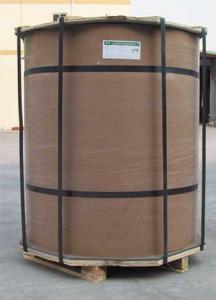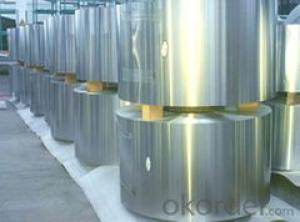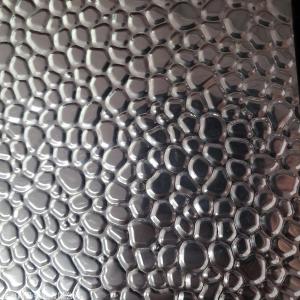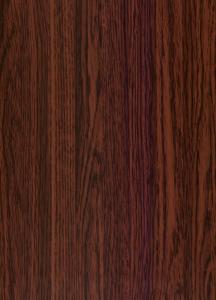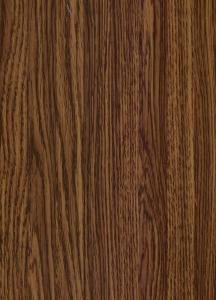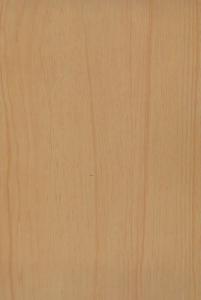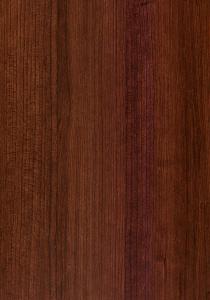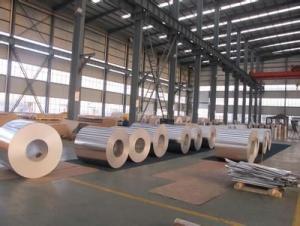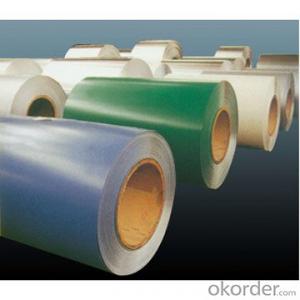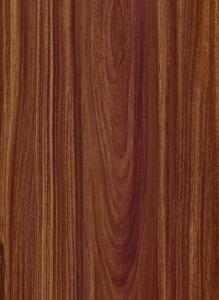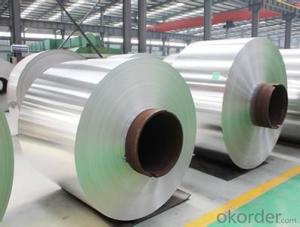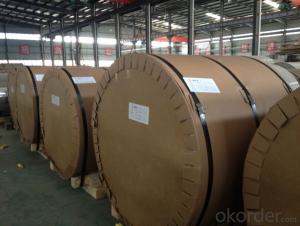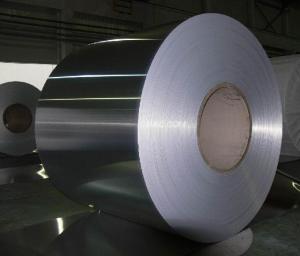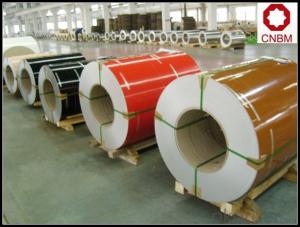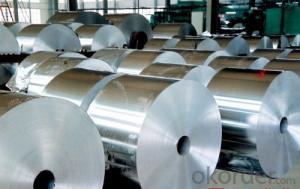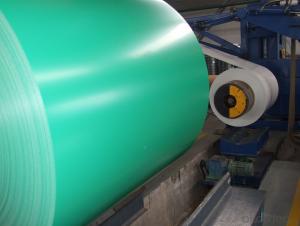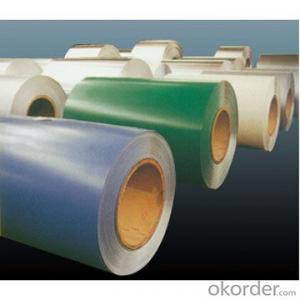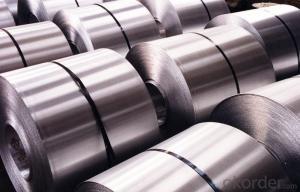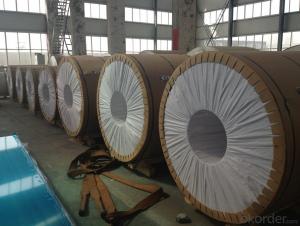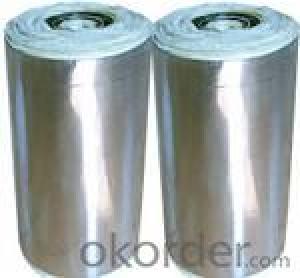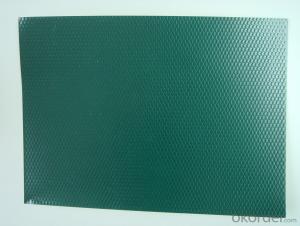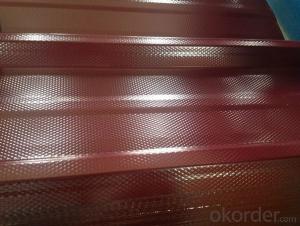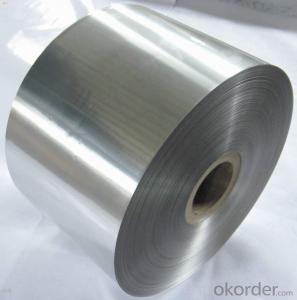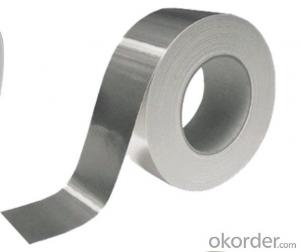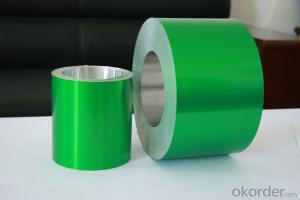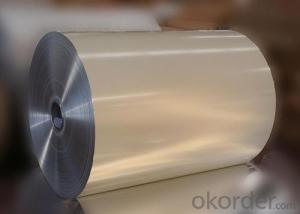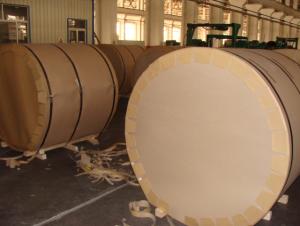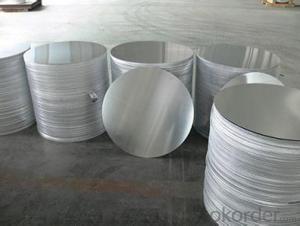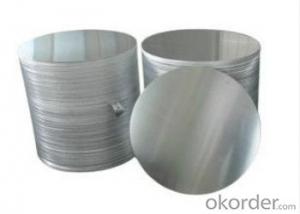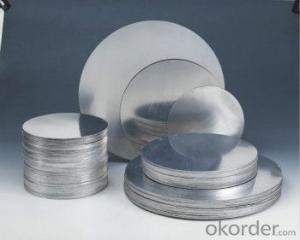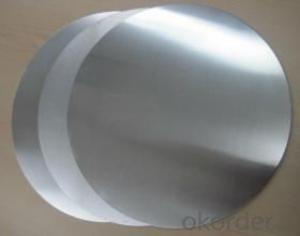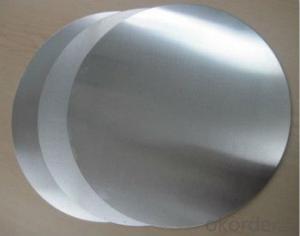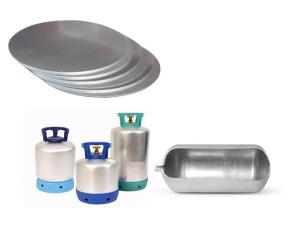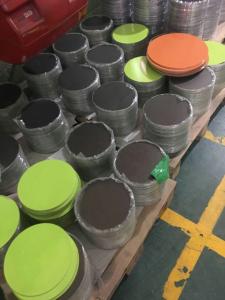Aluminum A Coil
Aluminum A Coil Related Searches
Aluminum Ac Coil Aluminum Copper Coil Aluminum Alloy Coil Coil Of Aluminum Aluminum Wire Coil Coil Aluminum Anodized Aluminum Coil Copper Aluminum Coil Aluminum Coil Pipe Aluminum Coil Pe Buy Aluminum Coil Aluminum Tubing Coil Aluminum Siding Coil All Aluminum Coil Aluminum Tube Coil Aluminum Fin Coil Polished Aluminum Coil Air Conditioner Aluminum Coil Aluminum Sheet Coil Coil Coating Aluminum Aluminum Strapping Coil White Aluminum Coil Aluminum Roof Coil Aluminum Coil White Aluminum Voice Coil Aluminum Coil Wholesale Colored Aluminum Coil Aluminum Sheet Metal Coil Aluminum Condenser Coil Aluminum Coil FactoryAluminum A Coil Supplier & Manufacturer from China
Aluminum A Coil is a versatile product made from high-quality aluminum, known for its excellent strength-to-weight ratio and corrosion resistance. This material is widely used in various industries such as construction, automotive, aerospace, and packaging, due to its durability and malleability. It is particularly favored for applications that require lightweight yet strong components, making it a popular choice for manufacturers and engineers alike.The usage scenarios for Aluminum A Coil are vast, ranging from architectural facades and window frames to automotive parts and aircraft components. Its lightweight nature also makes it an ideal material for energy-efficient transportation, while its resistance to corrosion and weathering ensures long-lasting performance in outdoor applications. Additionally, Aluminum A Coil is frequently used in the production of food and beverage cans, thanks to its non-toxic properties and ease of recycling.
Okorder.com is a reputable wholesale supplier of Aluminum A Coil, boasting a large inventory to cater to the diverse needs of customers worldwide. With a commitment to quality and customer satisfaction, Okorder.com ensures that each Aluminum A Coil product meets the highest industry standards. This makes them a reliable source for businesses looking to incorporate this versatile material into their manufacturing processes or construction projects.
Hot Products

